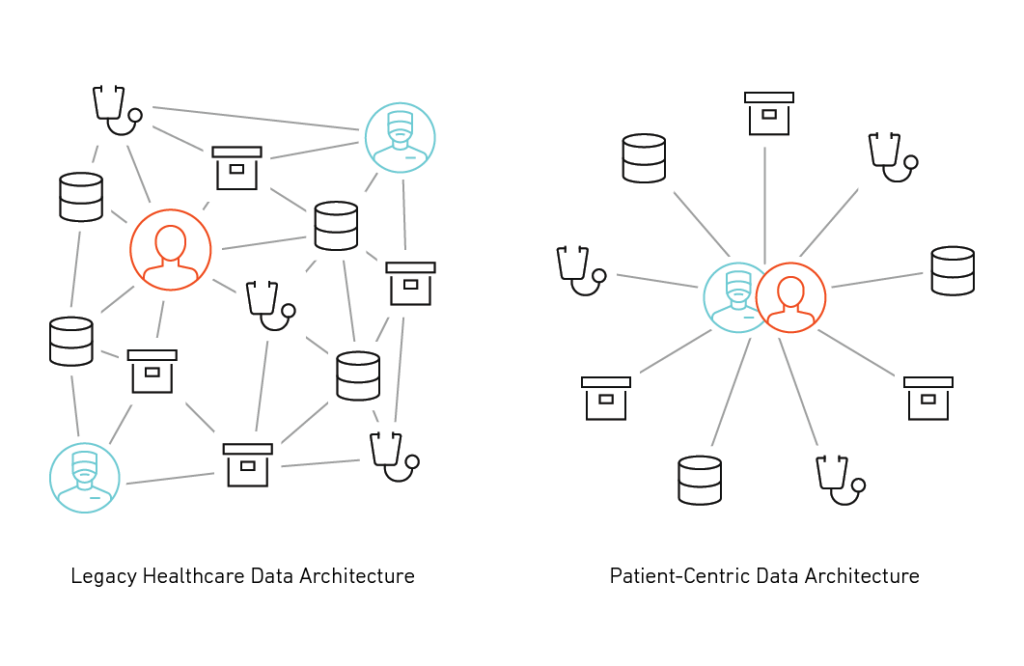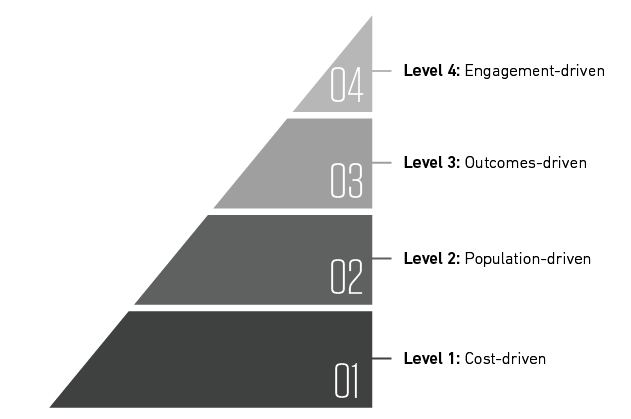How to Leverage Data Interoperability for Improved Patient Experience

Justin Richie
Vice President of Data and AI
Share on LinkedIn
Share on X
Share on Facebook
Share on WhatsApp




